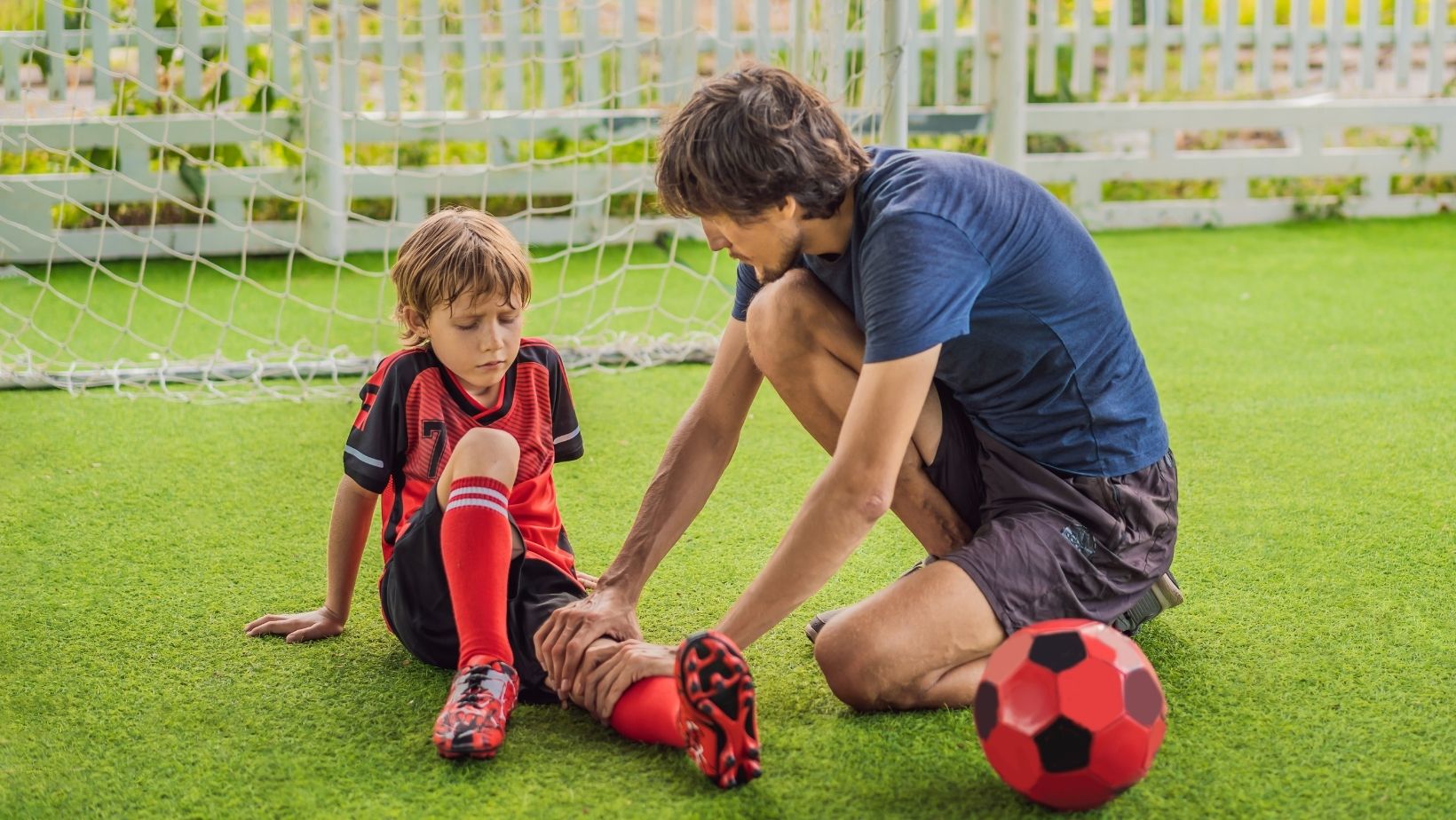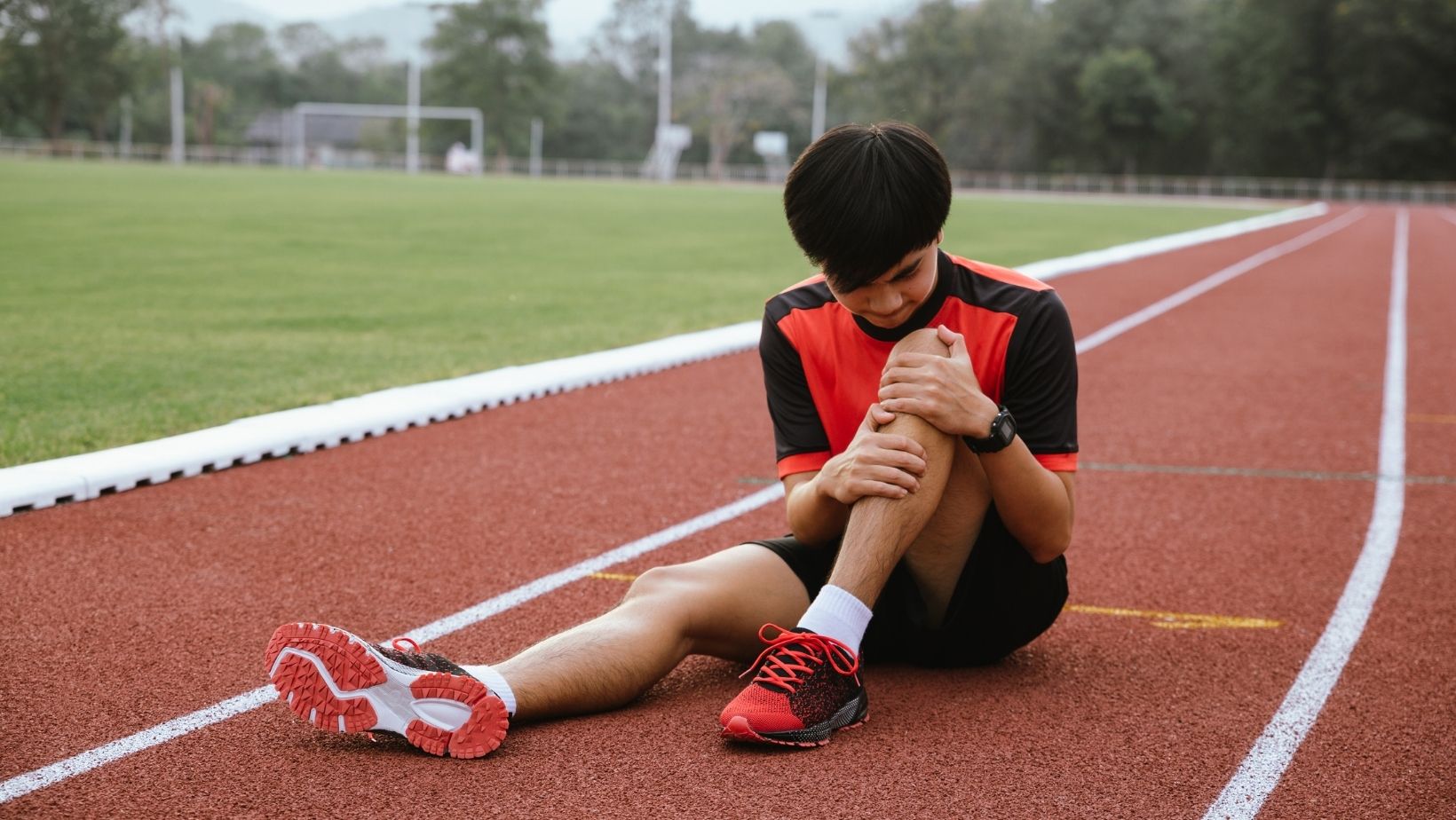
Injuries can strike anyone during workouts, whether you’re a seasoned athlete or just getting started. When pain hits in the middle of training, figuring out who to ask for help feels pretty urgent if you want to get back on your feet.
Physical therapists, sports medicine doctors, and certified athletic trainers are the main pros you’ll want on your side if you’re hoping to bounce back from a training injury. These folks know how to assess what’s gone wrong, come up with a plan that fits your needs, and walk you through exercises that actually help you heal.
If you get professional help early on, you’ll usually recover better than if you try to power through or just Google your way out of the problem. The right expert doesn’t just treat the injury—they can spot movement habits that might’ve led to it and help you avoid another setback.
Immediate Steps to Take After a Training Injury
How you react right after an injury can seriously affect how quickly you recover. Those first few moments matter more than you might think—they can keep things from getting worse and help your body heal the right way.

Assessing Injury Severity
Right after you feel pain during training, pay attention to what your body’s telling you. Sharp, intense pain that stops you from moving normally usually means something more serious than a dull ache. Look for visible symptoms like swelling, redness, bruising, or anything that just looks off. These signs usually mean you’ve done some real tissue damage.
Carefully test the injured spot. Can you put weight on it? Did you lose all function? If you can’t move it like usual, that’s a red flag. If you can, compare it to the uninjured side. Any obvious difference in how it looks or works can help you figure out how bad it is.
Trust your gut—if something feels really wrong, it probably is. Intense pain, nausea, or feeling lightheaded are your body’s way of waving a big warning flag.
When to Seek Emergency Help
Get medical help right away if you lose consciousness, even for a moment. That could mean a concussion or something even more serious. If you see obvious deformities like a bone poking through or a joint bent weirdly, head to the ER. Don’t try to fix that yourself.
If swelling shows up fast and brings a lot of pain, get checked out ASAP. That combo can mean there’s some serious internal damage. If you can’t put weight on your leg or use your arm at all, you might have a bad tear or even a fracture.
Numbness, tingling, or losing feeling below the injury needs a doctor’s attention right away. That could mean nerve trouble.
Initial Home Care Strategies
For most minor or moderate injuries, start with the RICE protocol—rest, ice, compression, and elevation. Give the injured spot a break, put some ice on it for about 15-20 minutes every couple of hours, wrap it up with a bandage, and try to keep it above your heart if you can.
For pain, you can take over-the-counter meds like acetaminophen, or ibuprofen if you also want to tackle inflammation. Don’t push through pain. Take at least 48-72 hours off from activities that hurt. Your body needs that time to start healing.
It helps to jot down what happened, when it happened, and how things change. Keeping track of your symptoms gives your doctor or therapist a clearer picture of what’s going on.
Professionals Who Can Accelerate Recovery
If you get hurt while training, you’ve got a few healthcare pros who can really speed up your recovery. Each one brings something different to the table, depending on what you need.
Sports Medicine Physicians
Sports medicine doctors focus on treating injuries from physical activity. They know all about muscles, bones, and joints, and they get what athletes put their bodies through.
They’ll check out your injury, maybe order some scans, and figure out exactly what’s wrong. They can prescribe meds for pain or swelling, tell you how to adjust your routine, and let you know when it’s safe to get back to training.
Usually, sports medicine docs are your first stop after an injury. They’ll manage your treatment and send you to other specialists if you need them. Many of them have worked with athletes before, so they understand why you want to get back out there as soon as possible.
Sports Clinic in Singapore
A sports clinic in Singapore offers a full range of services for injured athletes, bringing together various experts—like physiotherapists, sports doctors, and trainers—under one roof to provide comprehensive and efficient care.
The top clinics usually have one-stop assessments, advanced diagnostic tools, teams of specialists, and tailored rehab programs. Some good ones in Singapore are the Singapore Sports Medicine Centre, Physio Solutions, and Core Concepts.
Many clinics have bilingual staff and work with both pros and weekend warriors. They keep up with the latest treatments, take insurance, and offer flexible appointments—handy if you’ve got a packed schedule.
Physical Therapists
Physical therapists are key for getting your movement and strength back. They’ll figure out where you’re limited, create a program that fits your sport, and use hands-on methods to help tissues heal.
They don’t just treat what hurts—they look for what caused the problem in the first place. You’ll probably see them a few times a week early on, especially if you want to get back to your activity quickly. Some physical therapists focus on certain sports or types of injuries, so finding one who knows your game can make a real difference.
Certified Athletic Trainers
Athletic trainers are pros at preventing, spotting, and treating sports injuries. They often work directly with athletes and teams, so they know what’s happening on the field or court.
They’ll jump in with immediate care, tape or brace injuries, keep an eye on your progress, and help you get back in shape for your sport. Since they’re around during practices and games, they get a close-up look at how you move and where you might be at risk.
Most athletic trainers have at least a bachelor’s degree and pass a certification exam. You’ll find them in schools, with sports teams, or at fitness centers, offering support throughout your recovery.
Rehabilitation Specialists
Rehabilitation specialists work to help people regain full function after injuries, using a mix of hands-on care and tailored strategies. You’ll find folks like sports rehab therapists and exercise physiologists in this group.
They bring more to the table than just basic physical therapy. Think advanced recovery methods, sport-specific training plans, performance testing to see how things are going, and even advice on nutrition to help your body heal.
These pros usually take on tougher cases or work with athletes who’ve had surgery and need to get back to their sport. They fill that tricky space between standard rehab and being ready to compete again.
It’s common for them to use things like blood flow restriction training, anti-gravity treadmills, or movement analysis software. They’re not just looking to fix what’s broken—they want to boost your performance and keep future injuries at bay.






